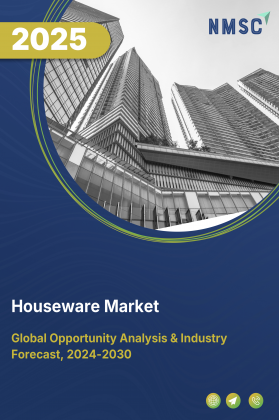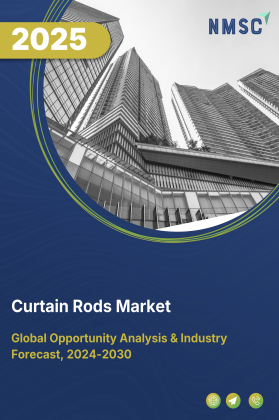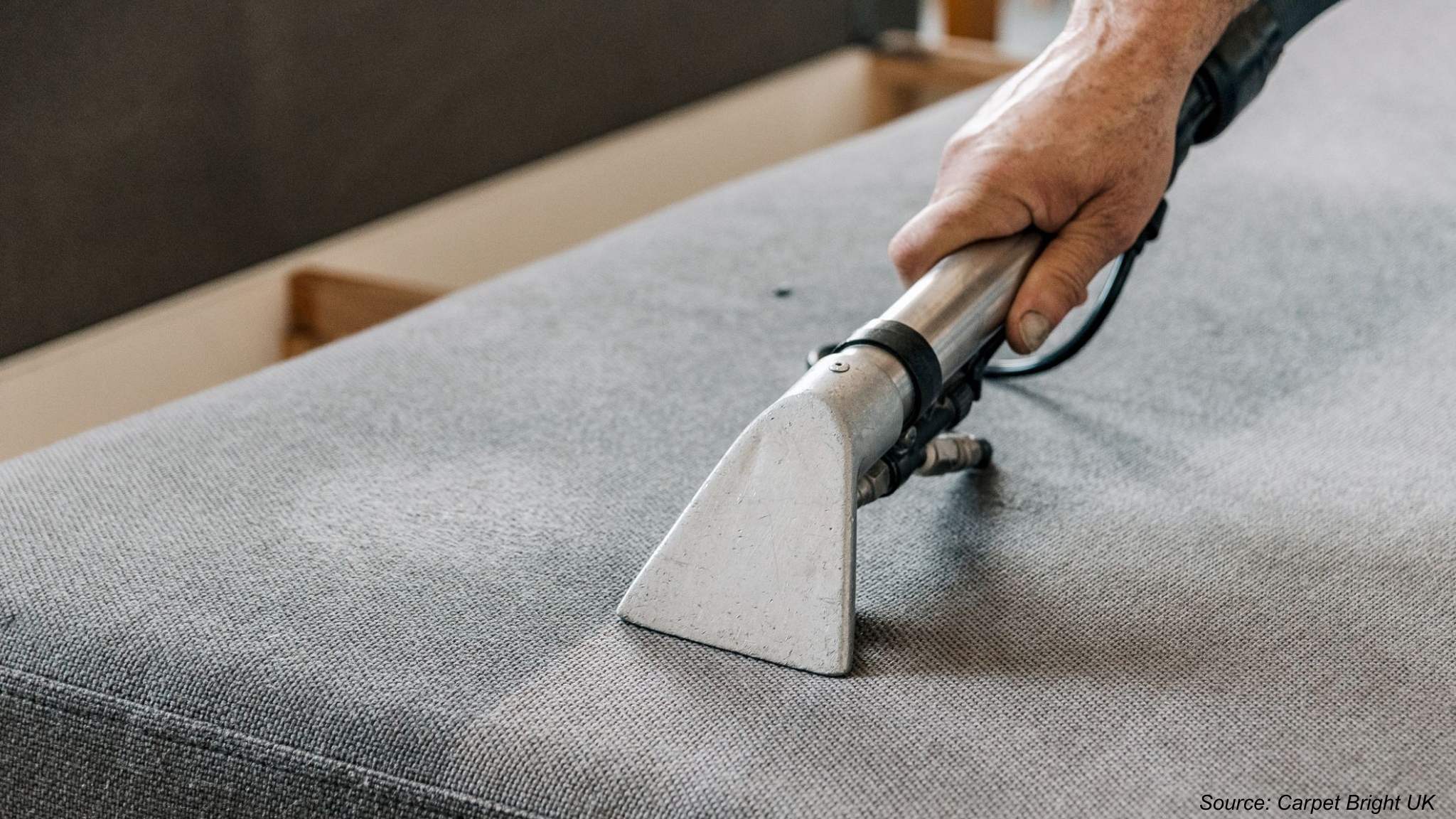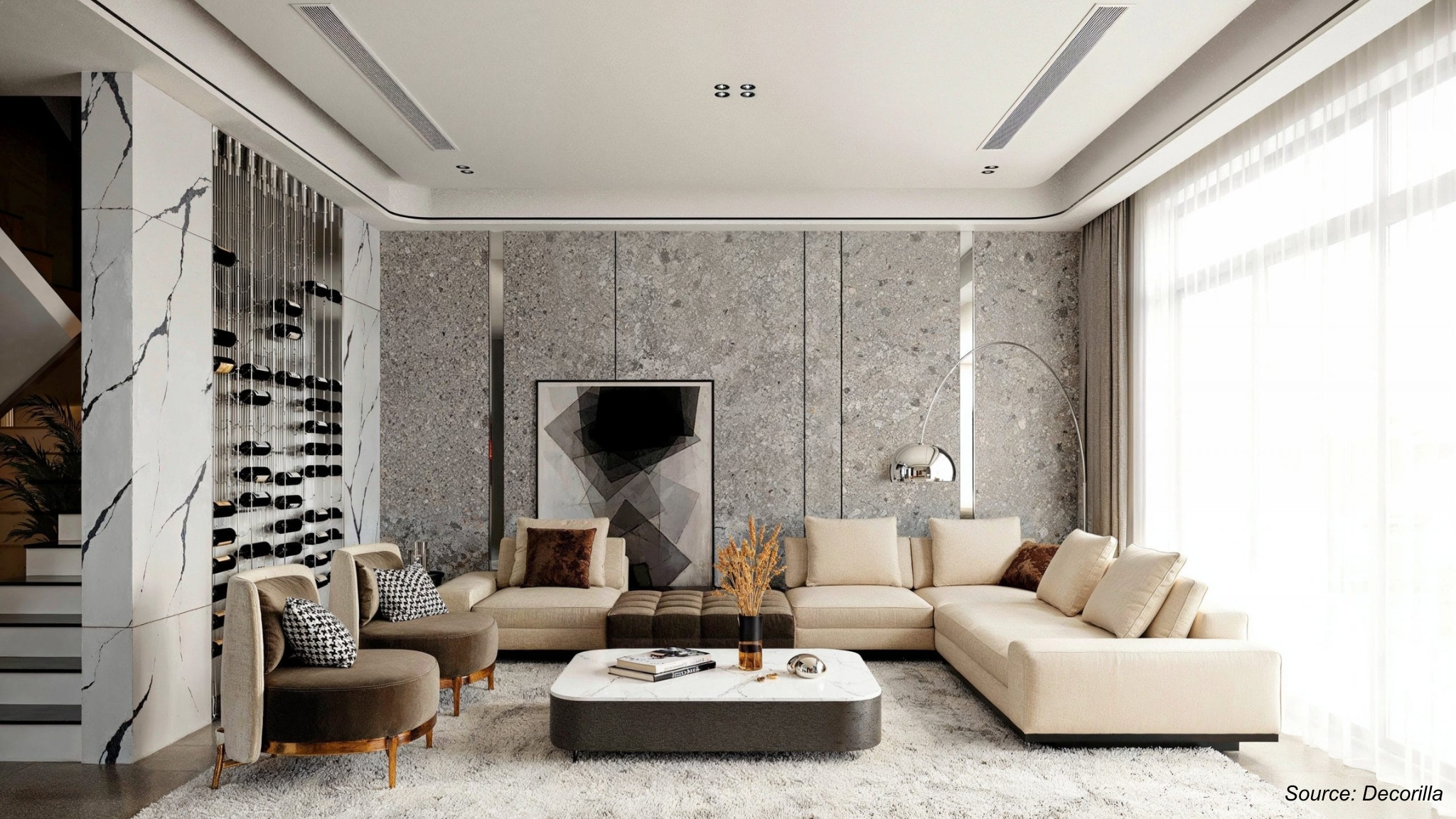
Australia Smart Home Market by Product Type (Smart Lighting, Smart Home Security and Surveillance, Smart Entertainment, and Smart Appliances), by Communication Protocol (Wifi, Zigbee, Z-wave, Bluetooth, and Thread), by Smart Home Hubs (Standalone Hubs, and Built-in Hubs), by Voice Assistants Integration (Amazon Alexa, Goggle Assistant, Apple Siri, and Others), by Smart Home Compatibility with Smartphones (iOS, and Android), and Others – Opportunity Analysis and Industry Forecast, 2024–2030
Industry: Retail and Consumer | Publish Date: 11-Sep-2025 | No of Pages: 182 | No. of Tables: 142 | No. of Figures: 87 | Format: PDF | Report Code : RC2294
Australia Smart Home Market Overview
The Australia Smart Home Market size was valued at USD 2.09 billion in 2023, and is predicted to reach USD 8.48 billion by 2030, at a CAGR of 22.2% from 2024 to 2030. A smart home, also referred to as a connected home, is a residential space equipped with cutting-edge technology and automation systems.
The smart home systems allow for the centralized control and monitoring of a wide range of household devices, appliances, and security features through a unified network. These intelligent devices is managed remotely and often respond to voice commands or pre-set schedules, providing homeowners with enhanced convenience, energy efficiency, and security.
Connected homes typically incorporate components such as smart thermostats, lighting systems, security cameras, voice assistants, and other interconnected devices, all aimed at enhancing the overall living experience.
Intensifying Urban Concentration Spurs Demand for Connected Living
Australia’s high rate of urbanization is reshaping housing demand and lifestyle preferences, directly fueling the smart home market. With the majority of Australians residing in metropolitan hubs such as Sydney, Melbourne, and Brisbane, there is growing pressure on infrastructure and housing supply, leading to a rise in compact apartments and high-density residential complexes. These living spaces are increasingly being fitted with integrated smart solutions to optimize space and enhance livability.
Smart lighting systems that adapt to daily routines, app-controlled thermostats for energy efficiency, and voice-activated assistants for seamless multitasking are gaining traction among city dwellers. For households in high-rise apartments, smart security features such as digital locks, video doorbells, and real-time surveillance apps are considered essential rather than optional. The urban population’s fast-paced lifestyle is driving demand for these solutions, as consumers seek technologies that provide convenience, safety, and better management of resources within limited living spaces.
Rising Household Spending and Tech Affordability Fuel Market Expansion
Australia’s steady economic performance, supported by rising household disposable incomes, is a key enabler of smart home adoption. Middle-income households, once cautious about high-tech purchases, are now investing in connected solutions due to falling device costs and wider accessibility through both physical retail and e-commerce platforms. Entry-level smart devices, such as Wi-Fi–enabled plugs, affordable home surveillance kits, and smart speakers, are lowering the barrier to entry for first-time buyers.
This trend is further reinforced by consumer awareness of long-term savings associated with smart technologies. For instance, smart energy meters and connected thermostats can optimize electricity use, translating into reduced utility bills—a feature that appeals to cost-conscious consumers amid rising energy prices. At the same time, premium households are adopting advanced ecosystems such as integrated home automation platforms, multi-room entertainment systems, and AI-driven health monitoring devices. The broadening product spectrum ensures that smart home technologies are no longer niche luxuries but mainstream tools supporting a modern, digitally enabled lifestyle.
Persistent Privacy and Cybersecurity Worries Deter Consumer Confidence
While adoption is expanding, security and privacy concerns remain a major obstacle for the Australia smart home market. Connected devices, particularly smart locks, cameras, and always-on voice assistants, generate and transmit sensitive personal data that consumers fear may be intercepted or misused. The increasing visibility of global hacking incidents and vulnerabilities in IoT ecosystems has heightened public caution, especially when it comes to products lacking strong security certifications.
Many households also lack awareness of simple cybersecurity practices such as updating device firmware, setting strong passwords, or enabling multi-factor authentication. Without clear guidance, users perceive smart technologies as potential gateways for cyber intrusion rather than as tools for convenience. This hesitation is particularly evident among older demographics and families with children, who prioritize safety over novelty. Unless addressed, these concerns could slow adoption rates, especially in segments where trust in digital platforms remains fragile.
Regulatory Momentum and Cyber Protections Can Strengthen Market Trust and Drive Adoption
Australia is moving toward a more structured regulatory environment for connected devices, which presents a significant opportunity to build consumer trust and unlock new growth in the smart home sector. Recent government initiatives to establish baseline cybersecurity requirements for IoT devices, including labeling schemes and compliance standards, are expected to encourage manufacturers to prioritize data protection and user safety in their product design.
This regulatory push creates a favorable environment for brands offering secure, future-ready solutions. Companies that integrate advanced encryption, decentralized access control, and transparent privacy policies will gain a competitive edge. In addition, these measures align with consumer demand for reliability, particularly in categories like smart security, healthcare monitoring, and energy management. By combining stronger protections with growing digital literacy among Australians, the industry can position smart home solutions not only as lifestyle enhancers but as trusted, indispensable components of everyday living.
Competitive Landscape
Several market players operating in the Australia smart home industry include Signify (Philips Hue), Google (Google Nest), Ring (Amazon), Arlo Technologies, Inc., TP-Link Corporation, Samsung Electronics Co., Ltd. (SmartThings), Apple Inc. (HomePod / HomeKit), Clipsal (Wiser), Bosch (Robert Bosch GmbH), LG Electronics Inc. (LG ThinQ), Sonos, Inc., Xiaomi Corporation (Xiaomi Australia), eufy (Anker Innovations), Resideo Technologies, Inc. (Honeywell Home), Netatmo (Legrand brand)
Australia Smart Home Market Key Segments
By Product Type
-
Smart Lighting
-
Smart Bulbs
-
Smart Light Strips
-
Smart Switches
-
-
Smart Home Security and Surveillance
-
Smart Cameras
-
Video Doorbells
-
Smart Locks
-
Security System
-
-
Smart Entertainment
-
Smart TVs
-
Smart Speakers
-
Streaming Devices
-
-
Smart Appliances
-
Smart Refrigerators
-
Smart Ovens
-
Smart Washing Machines
-
Smart Dishwashers
-
Smart Home HVAC Management
-
Smart Rice Cooker
-
Smart Pantry/Storage System
-
Smart Blender
-
-
Other Smart Appliances
By Communication Protocol
-
Wifi
-
Zigbee
-
Z-wave
-
Bluetooth
-
Thread
By Smart Home Hubs
-
Standalone Hubs
-
Built-in Hubs
By Voice Assistants Integration
-
Amazon Alexa
-
Google Assistant
-
Apple Siri
-
Others
By Smart Home Compatibility with Smartphones
-
iOS
-
Android
By Installation
-
DIY Installation
-
Professional Installation
By Sales Channel
-
Online
-
E-Commerce Platforms
-
Company Websites
-
-
Offline
-
Retail Stores
-
Supermarkets & Hypermarkets
-
Specialty Stores
-
Key Players
-
Signify (Philips Hue)
-
Google (Google Nest)
-
Ring (Amazon)
-
Arlo Technologies, Inc.
-
TP-Link Corporation
-
Samsung Electronics Co., Ltd. (SmartThings)
-
Apple Inc. (HomePod / HomeKit)
-
Clipsal (Wiser)
-
Bosch (Robert Bosch GmbH)
-
LG Electronics Inc. (LG ThinQ)
-
Sonos, Inc.
-
Xiaomi Corporation (Xiaomi Australia)
-
eufy (Anker Innovations)
-
Resideo Technologies, Inc. (Honeywell Home)
-
Netatmo (Legrand brand)
REPORT SCOPE AND SEGMENTATION:
|
Parameters |
Details |
|
Market Size in 2023 |
USD 2.09 Billion |
|
Revenue Forecast in 2030 |
USD 8.48 Billion |
|
Growth Rate |
CAGR of 22.2% from 2024 to 2030 |
|
Analysis Period |
2023–2030 |
|
Base Year Considered |
2023 |
|
Forecast Period |
2024–2030 |
|
Market Size Estimation |
Billion (USD) |
|
Growth Factors |
|
|
Companies Profiled |
15 |
|
Market Share |
Available for 10 companies |
|
Customization Scope |
Free customization (equivalent up to 80 working hours of analysts) after purchase. Addition or alteration to country, regional, and segment scope. |
|
Pricing and Purchase Options |
Avail customized purchase options to meet your exact research needs. |

















 Speak to Our Analyst
Speak to Our Analyst
























